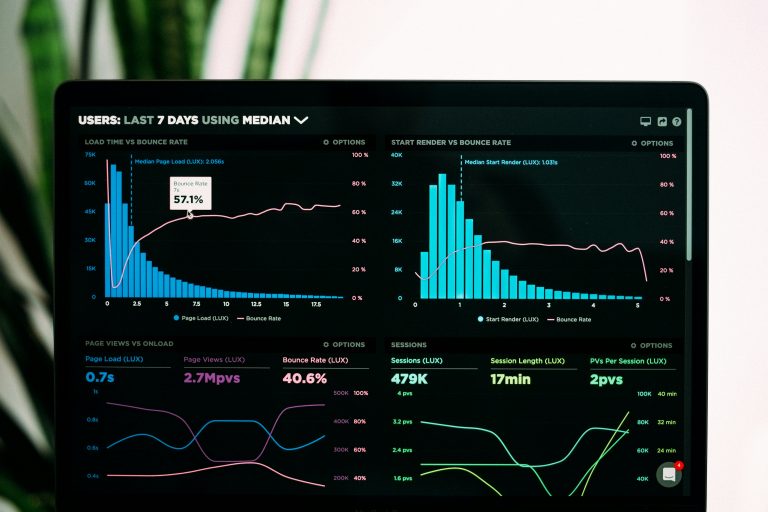ERG Strategic Alignment: From Pizza Parties to Powerhouse Partnerships

Social Hours Are Great. Strategic Alignment Is Better.
Let’s be honest, ERG strategic alignment doesn’t usually come up when people talk about employee resource groups. What does? Potlucks. Panels. Pizza Fridays. And while those things matter, they’re just the surface.
If your ERGs are doing great culture-building work but feel disconnected from the bigger picture, this post is for you.
The truth is, ERGs have outgrown their “nice-to-have” reputation. When aligned with business priorities, they become powerful internal engines—driving engagement, boosting retention, and even shaping innovation.
So how do you go from “another calendar of events” to real organizational influence? It starts with five very specific shifts.
1. Understand What the Business Actually Cares About
Every company has priorities. They’re not always obvious, and they change over time. It could be market expansion, talent retention, leadership development, innovation, or cost containment. Sometimes it’s all of the above.
ERG leaders need to understand the current strategy—not just the DEI roadmap, but the actual business goals.
Start here:
- Read the annual report (if there is one)
- Talk to HRBPs or business unit leaders
- Ask your executive sponsor what matters most this year
Your ERG’s value increases dramatically when you can say, “Here’s how we’re supporting one of the company’s top goals.”
2. Look for Strategic Touchpoints—Not Just Activities
Too often, ERGs plan from a blank calendar instead of a strategic lens. Instead of asking, “What events should we do this year?” ask: “What problems are we helping solve?”
Examples:
- If leadership wants to develop underrepresented talent, can your ERG launch a mentorship pilot?
- If the company’s expanding into new markets, can your ERG offer cultural insights or translation support?
- If turnover is high in key departments, can you co-lead a stay interview program?
Strategic alignment isn’t about doing more—it’s about doing differently.
3. Engage Leadership Like a Stakeholder, Not Just a Supporter
Sponsors and senior leaders aren’t just there to cut ribbons and approve budgets. They’re potential advocates, resources, and collaborators—if they understand the strategy.
Help them help you:
- Share quarterly goals with your sponsor
- Ask for their input—not just approval
- Invite them to planning meetings (not just events)
- Keep them in the loop with short, data-backed updates
The more leaders see ERGs operating like a strategic partner, the more likely they are to fund and support you like one.
4. Measure the Work That Matters
It’s hard to claim value without showing impact. But don’t get stuck tracking vanity metrics like RSVPs or how many people “liked” the event photo on Slack.
Here’s what’s better:
- % of members retained year over year
- Number of ERG leads who moved into people manager or senior roles
- Feedback from sponsors or cross-functional collaborators
- ERG contributions to larger DEI or talent initiatives
And don’t forget the story behind the numbers. Context matters just as much as data.
5. Share Your Wins—Loud and Often
If nobody knows about the work, it didn’t happen. ERGs often play small when it comes to visibility. Don’t.
Make success part of your communication rhythm:
- Monthly or quarterly wins in newsletters
- Brief updates in all-hands meetings
- Slides leadership briefings
- “You should know…” updates to sponsors or execs
The goal isn’t self-promotion. It’s education. You’re helping others understand the strategic value of the work—and making it easier for future ERGs to get buy-in.
ERG Alignment in Action: Apex Systems
Apex Systems partnered with Visionary Development Consulting to move beyond disconnected ERG activities and build a program that aligned directly with their business priorities.
The result?
- Increased engagement
- Clearer roles
- A stronger leadership pipeline
- And most importantly, a shift in how ERGs were seen across the company
Read more about that case study here.
Strategic alignment doesn’t mean ERGs stop doing community-building work. It means they do that work with purpose, structure, and visible value.
When you stop treating ERGs like side projects and start treating them like business partners, everything changes—from budget conversations to executive engagement.
Want more on turning ERGs into real drivers of change? Check out our blog posts for practical tools and leadership insight. And if you’re ready to go from scattered to strategic, Book a Discovery Call




